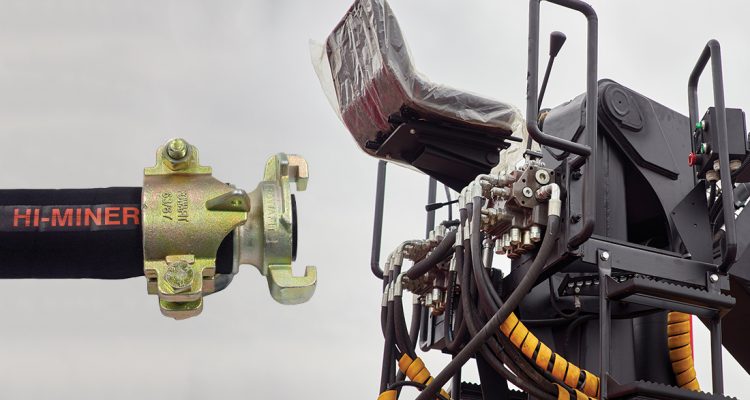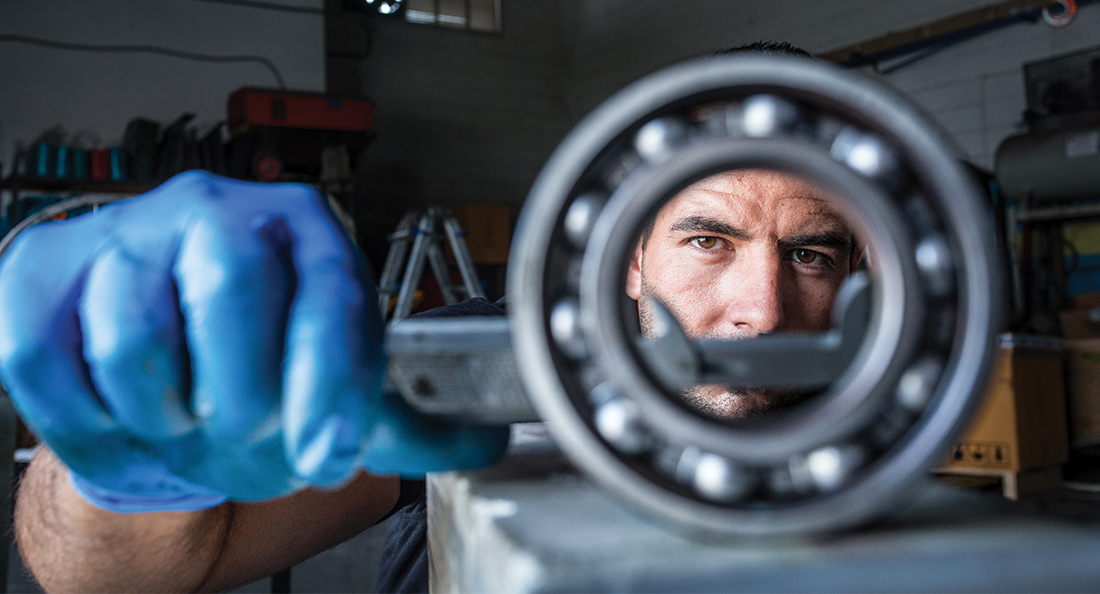Just as the heart powers the human body, in the mining industry, robust and reliable hydraulic systems are essential for the efficient operation of heavy machinery. Hydraulic hoses and fittings, purpose-built for these demanding conditions, assume a critical role.
Engineered to withstand extreme pressure and facilitate the effective transmission of power, they enable precise control over vital mining equipment, including excavators, loaders, and drilling rigs. Providing valuable insights into this process is Fellipe Ramos, a Category Manager for Motion with extensive expertise in mechanical, hydraulic, and pneumatic designs.
In order to grasp the crucial role of hoses and fittings in this process, it is essential to obtain an understanding of hydraulic systems discusses Fellipe. When providing his overview, Fellipe draws parallels between hydraulic systems and the circulatory system of a heart.
According to Fellipe, “Hydraulic systems comprise essential components, with the power pack serving as the primary power source, typically driven by an electric motor. The pump, guided by the power pack, propels fluid through a valve bank, which can be tailored to suit the specific application.”
Fellipe underscores the significance of connections between different stages, highlighting the crucial role played by hoses and fittings. These components are essential in facilitating the seamless transmission of fluid and power, ensuring the efficient operation of hydraulic systems.
Fellipe discusses, “Fittings and hoses ensure that the hydraulic system operates correctly and safely, especially in mining operations subjected to extreme conditions like high pressure and temperature fluctuations.”
“The diameter of the hose is also crucial to ensure that it is appropriately sized for the system’s flow rate. Otherwise, back pressure or loss of efficiency could occur, leading to increased wear and tear on the system and premature failure, causing costly downtime for the mine,” says Fellipe.
He continues to explain that worn or damaged hoses can rupture under high pressure, causing hydraulic fluid to escape which can pose a risk of fire or injury to workers.
“This is why using high-quality and correct size hoses and fittings is so important,” says Fellipe. “Regularly inspecting and replacing them as needed can help prevent accidents and ensure a safe working environment for mining personnel.”
“Motion helps customers mitigate many of these risk factors by utilising our expertise to select and design hoses and fittings that meet the unique needs of our customers,” highlights Fellipe.
Fellipe also emphasises the importance of a comprehensive maintenance plan in the mining industry. This includes regular replacement of filters, fittings, and hoses to ensure the smooth operation of hydraulic systems.
He states, “To assist with equipment maintenance, Motion offers a variety of filter kits. These kits may contain hydraulic and diesel filters, among others, tailored to meet specific equipment needs. By providing all the necessary filters in one package, the filter kits simplify the maintenance process for customers, ensuring convenience and efficiency.”
According to Fellipe, Motion’s ability to provide these kits is due to their access to different products and suppliers, enabling them to converge all the necessary filters into a single kit. These kits are available for different durations of operation, ranging from 250 to 1,000 hours, depending on the customer’s equipment requirements.
He finishes with, “Motion has an extensive network of branches strategically located across Australia, meaning that we’ve got you covered in every state. This allows Motion to offer in-house expertise and support to customers, even in remote areas. If a customer requires a specific part but is uncertain about where to find it or how to size it, Motion is just a call or email away.”
Risks of incorrect hoses and fittings:
- Increased risk of safety hazards for workers.
- Reduced efficiency and productivity of mining operations.
- Potential damage to equipment and machinery.
- Increased maintenance and repair costs.
- Potential downtime and delays in mining operations.
- Environmental impact and potential contamination risks.




